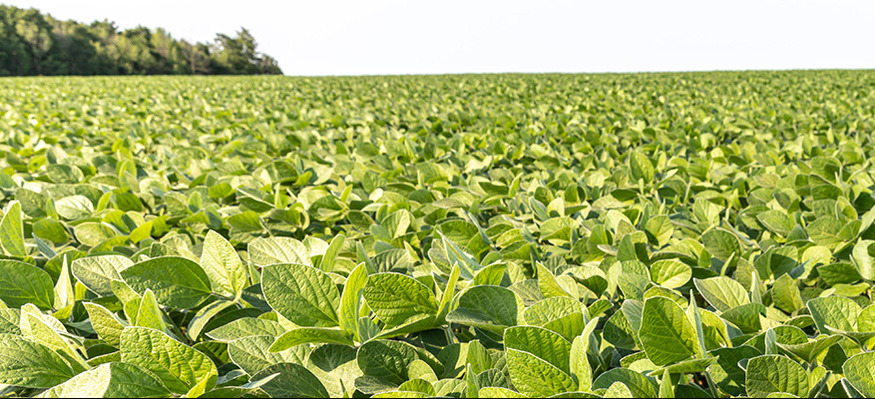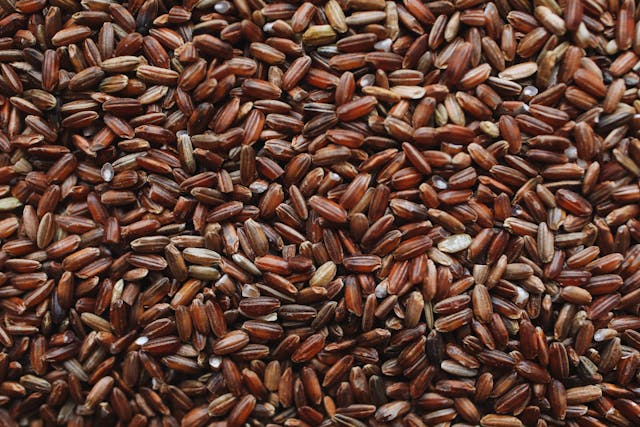Pre-emergent herbicides are a crucial tool in crop protection, helping farmers manage weeds effectively before they become a problem.
This guide addresses ten commonly asked questions by farmers regarding the use of pre-emergent herbicides.
- What are pre-emergent herbicides?
Pre-emergent herbicides are chemicals applied to the soil before seeding to prevent the germination of weed seeds. Unlike post-emergent herbicides, which are applied after the crop has emerged and typically target germinated weeds, these target the seeds before they sprout.
This type of herbicide is particularly effective in maintaining weed-free fields, allowing crops to grow without competition for nutrients, light, and water.
- How do pre-emergent herbicides work?
Pre-emergent herbicides form a chemical barrier at the soil surface that affects the cell division process in the germinating seeds of weeds. When a seed attempts to sprout, the herbicide interferes with root and shoot development, preventing the weed from emerging. It is important to note that pre-emergent herbicides must be applied before the weed seeds begin to germinate.
- When is the best time to apply pre-emergent herbicides?
The timing of application is critical for the effectiveness of pre-emergent herbicides. In Canada, the best time to apply these herbicides is in the fall when the soil temperature is 10°C and before freeze-up, or early in the spring once the ground has thawed.
- How should pre-emergent herbicides be applied?
Pre-emergent herbicides typically come in two forms, granular and liquid. Granular products can be applied with a broadcast spreader while liquid products can applied with a standard sprayer. Both products should be evenly applied to the soil surface, ideally before seeding crops. Granular products often require physical incorporation into the soil while liquid, soil-active products, often require moisture for activation. It is crucial to follow the manufacturer’s instructions for the correct application rates and methods.
- Can pre-emergent herbicides harm my crops?
When used correctly, pre-emergent herbicides are designed to target weeds without harming crops. However, improper application, such as using too high a concentration or incorrect timing, can damage young crops. Always choose a pre-emergent herbicide labelled safe for your specific crops and follow application guidelines precisely.
- Are there environmental concerns with using pre-emergent herbicides?
Like all pesticides, pre-emergent herbicides should be used responsibly to minimize environmental impact. Overuse or improper application can lead to soil and water contamination, regulatory agencies provide guidelines to ensure the safe use of any herbicide in Canada, including pre-emergent options. Farmers should always adhere to these guidelines and consider integrated weed management practices to reduce reliance on herbicides.
- How long do pre-emergent herbicides remain effective?
The effectiveness of pre-emergent herbicides can vary based on the product, soil type, weather conditions, and application method. Generally, these herbicides can provide weed control for several weeks to a few months. It’s essential to monitor your fields and use sound herbicide stewardship practices to maintain effective weed control throughout the growing season.
- Can pre-emergent herbicides be used in organic farming?
Most pre-emergent herbicides are synthetic chemicals and are not permitted in organic farming. However, organic farmers can use alternative methods such as crop rotation, mulching, and the application of organic pre-emergent products like corn gluten meal. These methods can help manage weeds without the use of synthetic chemicals.
- How can I integrate pre-emergent herbicides into my overall weed management strategy?
Pre-emergent herbicides should be part of a comprehensive weed management strategy that includes cultural, mechanical, and chemical methods. Farmers can prevent the development of herbicide-resistant weed populations by rotating herbicides with different modes of action. Practices such as cover cropping, proper irrigation management, and regular field scouting can enhance the effectiveness of pre-emergent herbicides and contribute to sustainable weed management.
- Can pre-emergent herbicides be combined with other weed control methods?
Yes, pre-emergent herbicides can and often should be combined with other weed control methods to achieve the best results. This approach is known as integrated weed management (IWM). By using a combination of cultural practices (such as crop rotation and cover cropping), mechanical methods (tilling), and chemical controls (including both pre-emergent, pre-seed and in-crop herbicides), farmers can more effectively manage weed populations and reduce the risk of developing herbicide-resistant weeds. Additionally, combining methods can help minimise the environmental impact of herbicide use and promote sustainable farming practices. Always consult with agricultural professionals to create a comprehensive weed management plan tailored to your specific conditions and crop requirements.
Pre-emergent herbicides are a vital crop protection strategy, helping farmers manage weeds before they become a significant problem. By understanding how these herbicides work, when to apply them, and how to integrate them into a broader weed management plan, farmers can optimise their use for maximum effectiveness and minimal environmental impact.
Whether you are dealing with common weed species or looking to protect your crops in challenging conditions, the careful use of a pre-emergent herbicide in Canada can lead to healthier, more productive fields. Remember to follow all regulatory guidelines, choose the right products for your crops, and stay informed about the latest advancements in herbicide technology and best practices.
Incorporating these strategies improves crop yield and promotes sustainable agricultural practices. For those considering a comprehensive approach to weed control, consulting with experts and leveraging resources can provide valuable insights and recommendations tailored to your specific needs.




